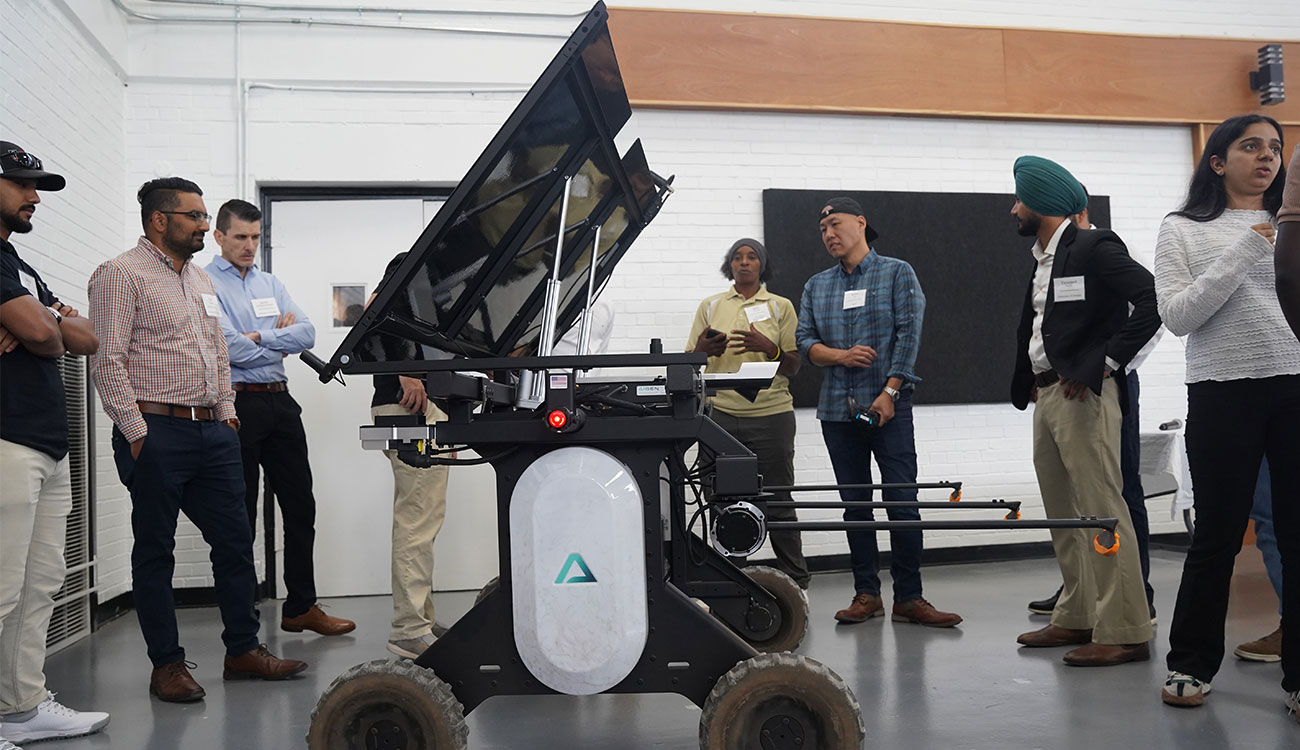By Kristen Plank
University of
Georgia

Volume XXXIII |
Bodie Pennisi, a floriculture specialist with the University of Georgia College of Agricultural and Environmental Sciences, says children are naturally excited about nature. It’s a short step to get them interested in gardening.
“There are two ways to introduce children to gardening and to get them excited,” she said, “from the animal perspective and from the food perspective.”
Pennisi suggests appealing to a child’s sense of curiosity toward wildlife. Start by talking about butterflies, hummingbirds and bees and how important they are to the life cycle of the garden.
Next, think about how you set up your garden. An interesting tip Pennisi gives is to use unique containers. “You can use anything: buckets, teapots, tires, football helmets, dump trucks, wagons or even old shoes,” she said.
Old shoes can easily become planters. Just put the soil in, sprinkle in the seeds and add water. Suddenly you have a unique container kids will enjoy. Children’s gardens can also follow several different themes. From butterfly gardens to vegetable and herb gardens, the possibilities are endless.
However, don’t keep all the fun to yourself. Letting your child decide which type of garden she wants to plant adds a whole new element of excitement.
Children can grow all types of vegetables. Beans, broccoli, carrots, eggplant, onion, peppers and tomatoes are all easy to grow. Make choices based on your child’s personal tastes.
Because there are several different types children can work with, Tomatoes are a great hit with kids, Pennisi said, because different varieties produce an array of fruit in numerous colors, shapes and sizes.
“Herbs, too, are easily grown from seed,” she said. “All they have to do is sprinkle the seed, cover them with soil, water them really well and in a few days seeds emerge. A few weeks later the herb’s scent develops.”
If your children love flowers, there are plenty of unique and cool flowering plants kids can grow. General options include impatiens, pansies, sunflowers and snapdragons.
Bulb planting can also be a fun and educational way to teach children how different types of plants are grown. Children are amazed to see flowers on a plant they grew from tiny seeds or a bulb they planted.
“An early spring container of bulbs could consist of daffodils, hyacinths and tulips,” Pennisi said. “Summer bulbs include cala lily, short gladiolus and caladium.”
Encourage your children to keep a daily or weekly gardening journal. Describing how the plants are growing, what tools they used that day or what kind of wildlife they saw while out in the garden engages children in creative writing. By taking and including photographs, the gardening journal can become a keepsake.
“Harvesting herbs is especially great as they can write, ‘I helped Mom cook the pesto sauce with the fresh basil.’ This can lead to an interest in cooking and helping in the kitchen as well,” Pennisi said.
Plants to stay away from while gardening with children are angel’s trumpet, castor bean, climbing lily, foxglove, morning glory and flowering tobacco, she said. The seeds or leaves of these plants are toxic and should not be planted near homes with children.
Other safety reminders involve growing and planting.
“Be careful with sharp instruments, and make sure kids don’t hurt themselves while clipping blooms or handling heavy containers or bowls,” Pennisi said.
Pennisi discourages parents from using pesticides around children. Instead, use organic fertilizers and compost which aren’t harmful.






